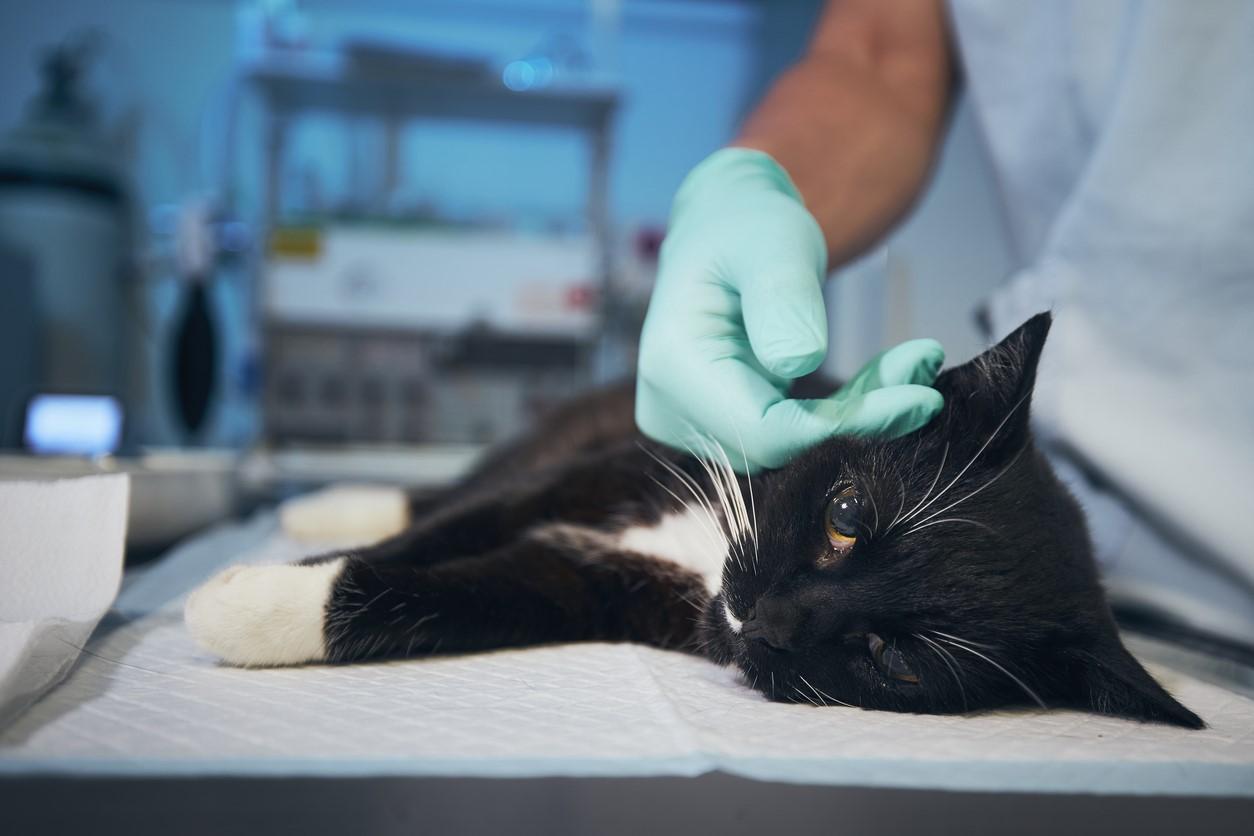Over the past several days, infectious disease tracking sources have been closely following media reports from Poland of numerous cat deaths, and the country's chief veterinary officer has confirmed H5N1 avian influenza in several cats, but not the same one that has been infecting waterfowl in the region.
According to Avian Flu Diary, an infectious disease news blog, and Flu Trackers, an infectious disease news message board, the media reports were initially anecdotal, describing cats with respiratory and neurological symptoms.
On Jun 23, Poland’s chief veterinarian confirmed influenza in some of the cats and said more tests were under way, according to an official statement translated and posted by Avian Flu Diary. With H5N1 still circulating in birds with continuing isolated spillovers to mammals, the virus was among the suspected causes in the cats, which are among the species known to have contracted the virus.
Confirmations span wide geographic area
In a follow-up today, also posted on Avian Flu Diary, Poland's chief veterinarian said of 11 samples tested, 9 were positive for H5N1 and that the positive samples involved cats from three different cities: Poznan, Tri-Cities, and Lublin. Though further testing to characterize the virus is under way, preliminary results suggest the source isn't the H5N1 virus that has sickened gulls in recent weeks.
More efforts are ongoing to collect more data and look for the source. In the meanwhile, health officials are urging cat owners to keep their pets indoors, prevent contact between cats and other wild animals, including birds, and to take other precautions, including keeping cats away from footwear worn outdoors.
Health officials in several world regions are closely monitoring continuing reports of H5N1 spillovers to mammals, which have been reported from the Americas and Europe. The Eurasian H5N1 clade currently circulating in wild birds and poultry has a mutation that makes it more recognizable to mammal airway cells, including humans.
Sporadic human infections have been reported in people who had close contact with poultry. Some were severe or fatal, but others were mild or asymptomatic, with some thought to represent environmental contamination rather than true infection.
USDA support for H5N1 measures, ECDC hospital surveillance
In other avian flu developments, the US Department of Agriculture (USDA) will provide $502 million to the Animal and Plant Health Inspection Service (APHIS) to prepare for more highly pathogenic avian flu detections in the United States, the agency said in a June 22 statement.
Though poultry outbreaks have declined sharply over the past few months, APHIS continues to report numerous H5N1 detections in wild birds, along with a small but steady stream of confirmations in mammals.
Transmission to humans cannot be excluded when avian influenza is circulating in wild birds and mammals.
Elsewhere, the European Centre for Disease Prevention and Control (ECDC) today released guidance for hospitals to enhance surveillance for patients with severe avian influenza infections. It said mass mortality events in sea-breeding bird colonies, including gulls, have continued over the summer.
"Transmission to humans cannot be excluded when avian influenza is circulating in wild birds and mammals and people are directly exposed without wearing protective equipment," the ECDC said.
It urged clinicians to ask people admitted with respiratory symptoms to ask about exposure in the previous 2 weeks to birds and other wild animals, to consider testing people with unexplained meningitis symptoms for flu, and subtyping all influenza A samples, sending all unsubtypable ones to national flu labs for further testing.




















